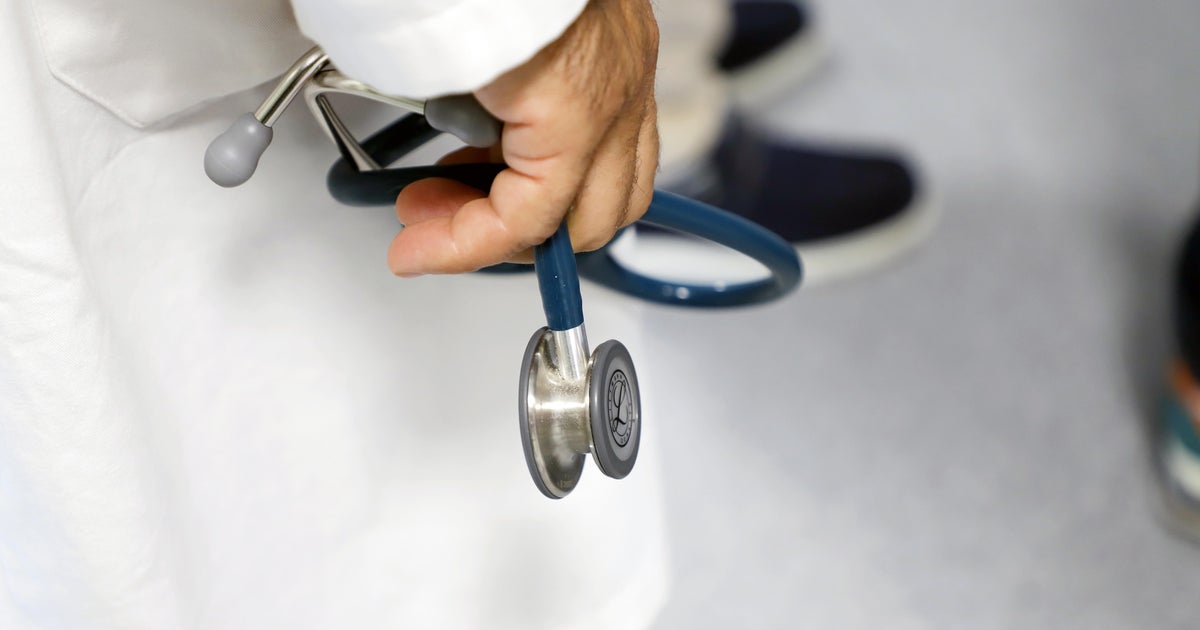The Hidden Threat: How Microplastics Are Impacting Your Health – And What You Can Do

What Are Microplastics and Where Do They Come From?
Microplastics are defined as plastic particles less than 5mm in size. They originate from a variety of sources, including the breakdown of larger plastic items (like bottles and bags), microbeads in personal care products, synthetic textiles (shedding fibers during washing), and industrial processes. Think of every plastic item you've ever used – over time, it degrades into these microscopic pieces, entering our environment and, ultimately, our bodies.
The Shocking Discovery: Microplastics in Human Tissues
The news is concerning. Researchers have now detected microplastics in human blood samples, indicating widespread circulation throughout the body. Studies have also found them in lung tissue, raising concerns about respiratory health. Perhaps most alarming is the discovery of microplastics within bone marrow and bones themselves. This suggests that these particles can accumulate over time and potentially affect long-term health.
Potential Health Impacts: What We Know and What We Don't
While research is still in its early stages, several potential health impacts are being investigated:
- Inflammation: Microplastics can trigger inflammation in the body, which is linked to a wide range of chronic diseases.
- Cellular Damage: Some studies suggest microplastics can damage cells and disrupt their normal function.
- Chemical Exposure: Microplastics often contain or absorb harmful chemicals, such as phthalates and BPA, which can leach into the body.
- Immune System Disruption: The presence of foreign particles can potentially alter immune responses.
It's important to note that the long-term health consequences of microplastic exposure are still largely unknown. More research is needed to determine the precise risks and the levels of exposure that are considered harmful.
Minimizing Your Exposure: What Can You Do?
While completely avoiding microplastics is nearly impossible, there are steps you can take to reduce your exposure:
- Reduce Plastic Consumption: Choose reusable alternatives to single-use plastics whenever possible.
- Wash Synthetic Clothing Less Frequently: Use a filter bag or laundry ball to capture microfibers during washing.
- Choose Natural Textiles: Opt for clothing made from natural fibers like cotton, wool, and linen.
- Filter Your Water: Use a water filter that can remove microplastics.
- Be Mindful of Food Packaging: Choose foods with minimal plastic packaging.
The Future of Research
The discovery of microplastics in human tissues has sparked a wave of research aimed at understanding the full extent of their impact on human health. Scientists are working to develop more sensitive detection methods, investigate the long-term effects of exposure, and explore potential mitigation strategies. As our understanding grows, we can better protect ourselves and the environment from this growing threat.






